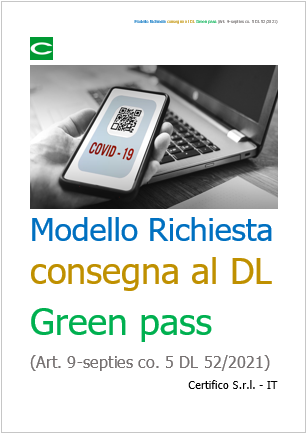
Confined space safe practice / IACS Rec 72 - Rev. 2.0 2007
ID 20836 | 24.11.2023 / Attached
Confined space means a space that has any of the following characteristics:
- limited openings for entry and exit;
- unfavourable natural ventilation;
- not designed for continuous worker occupancy.
It includes, but is not limited to, boilers, pressure vessels, cargo holds, cargo tanks, ballast tanks, double bottoms, double hull spaces, fuel oil, lube oil, sewage-tanks, pump-rooms, compressor rooms, cofferdams, void spaces, duct keels, inter-barrier spaces and engine crankcases.
...
Oxygen-deficient atmosphere.
The health effects and consequences because of lack of oxygen in a confined space are listed in the table below. These effects will take place without any warning such as odour or physical symptoms.
| Health effects from lack of oxygen |
| O2 |
level Effects |
| 22 % |
Oxygen enriched atmosphere |
| 20.8% |
Normal level – Safe for Entry (± 0.2%) |
| 19.5% |
Oxygen deficient atmosphere |
| 16% |
Impaired judgement and breathing |
| 14% |
Rapid fatigue and faulty judgement |
| 11% |
Difficult breathing and death in a few minutes |
Lack of oxygen leads very quickly to unconsciousness and death. Lack of oxygen may be a problem in all kinds of confined spaces, it is therefore considered as the most dangerous factor when considering dangers in a confined space.
The oxygen level in a confined space can decrease because of work being done, such as welding, cutting, or brazing; or, it can be decreased by certain chemical reactions like: rusting, paint drying or through bacterial action (fermentation).
In tanks and/or voids of complicated geometry with high possibility of "pockets of atmosphere" with low O2-content, and where rescue operations may be difficult, the use of a portable oxygen meter with audible alarm is strongly recommended.
Inert gas, N2 and exhaust
Inert gas is a non-reactive gas used to prevent possible explosive atmosphere from different cargo vapours.
On Oil Tankers the most common inert gas is the exhaust from oil fired boilers, main- or auxiliary engines. On Chemical Tankers the most common inert gas is nitrogen.
Pure nitrogen is not poisonous itself, but it causes displacement of the natural breathing environment.
Exhaust contains hundreds of chemical compositions. Main components are: carbon monoxide, oxygen, nitrogen, water vapour, sulphur dioxide, nitrogen oxides and hydrocarbons. The exhaust as described above may cause reduced lung capacity and increased respiratory in addition to irritating mucous membrane in eye, nose and throat.
Total dilution of oxygen by another gas, such as carbon dioxide, will result in unconsciousness, followed by death.
Bulk Cargoes
A number of bulk cargoes may cause low level of oxygen in the cargo hold. This is mainly with cargoes like vegetables, grain, timber, forestry products, iron metals, metal sulphide concentrates and coal.
Some bulk cargoes may oxidize which may result in reduced level of oxygen, poisonous gases, or self ignition. Other bulk cargoes may produce poisonous gases without oxidation, especially when they are wet.
....
Contents
1. Definitions
1.1 Confined Space
1.2 Competent person
1.3 Responsible person
1.4 Marine Chemist
2. General Hazards
3. Confined space – Safe entry policy
3.1 General
3.2 Entering confined spaces adjacent to loaded tanks
3.3 Entering confined spaces adjacent to inerted tanks
4. Confined space - Safe entry procedure
4.1 General
4.2 Entering confined spaces adjacent to loaded tanks on double hull tankers – additional requirements
5. Permit-to-work and permit-to-enter
6. Testing of the atmosphere
6.1 General
6.2 Testing for oxygen
6.3 Testing for flammable atmosphere
6.4 Testing for toxic atmospheres
6.5 Testing instruments
7. Preparation for Entering Confined Spaces
7.1 Ventilation
7.2 Isolation of Space
7.3 Standby / rescue
8. Personal Protection Equipment (PPE) ANNEX Guidelines for safe entry of Confined Spaces
...
add attached
IACS
La International Association of Classification Societies (Associazione internazionale delle società di classificazione) o IACS è l'associazione internazionale delle società di classificazione navale, nata l'11 settembre 1968; appartengono ad essa le dodici più affidabili società di classifica al mondo.
La sua attività si svolge principalmente in coordinamento con l'Organizzazione marittima internazionale (IMO) e seguendo i criteri stabiliti nella convenzione internazionale SOLAS per garantire al massimo le condizioni di sicurezza della navigazione.
L'Italia è associata con il Registro italiano navale (RINA).
Collegati
Allegati
|
Descrizione |
Lingua |
Dimensioni |
Downloads |
 |
Abbonati Sicurezza Lavoro
|
EN |
321 kB |
109 |

































